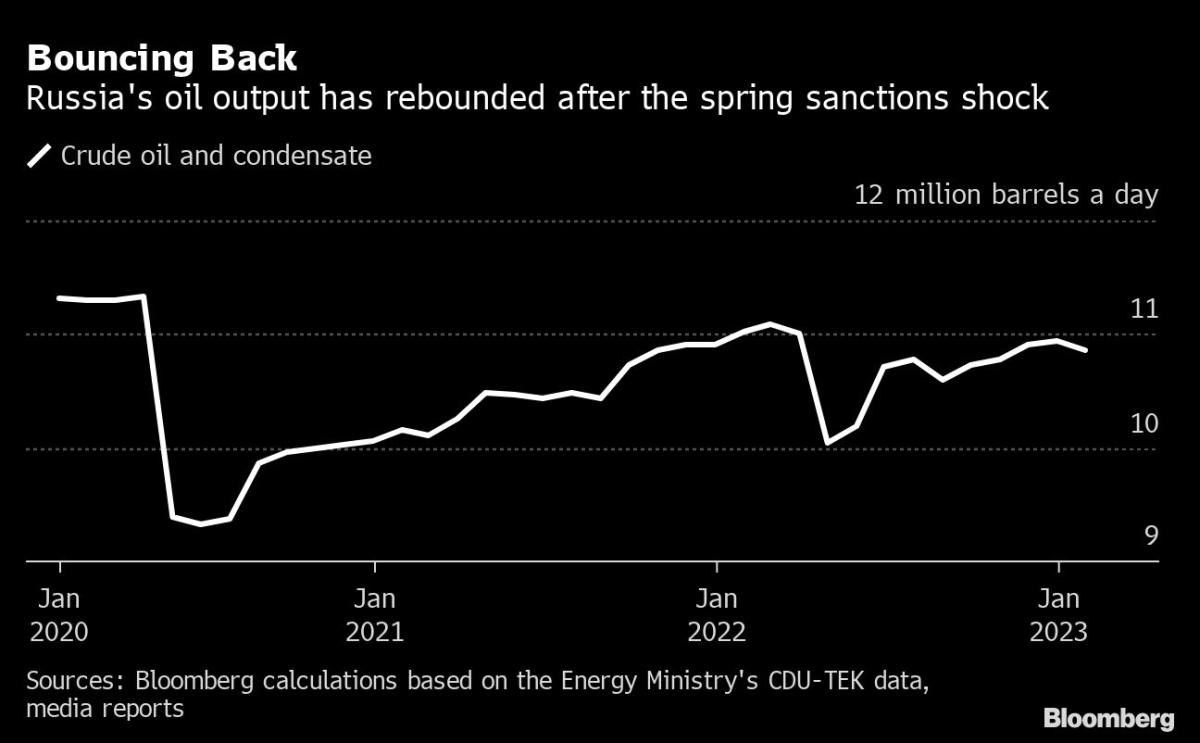U.S. stock futures were barely changed as wariness over inflation and rate rises suppressed risk appetite.
How are stock-index futures trading
-
S&P 500 futures
ES00,
+0.04%
rose 2 points, or less than 0.1%, to 4102 -
Dow Jones Industrial Average futures
YM00,
-0.06%
fell 4 points, or less than 0.1%, to 33891 -
Nasdaq 100 futures
NQ00,
+0.25%
added 19 points, or 0.2%, to 12362
On Friday, the Dow Jones Industrial Average
DJIA,
rose 169 points, or 0.5%, to 33869, the S&P 500
SPX,
increased 9 points, or 0.22%, to 4090, and the Nasdaq Composite
COMP,
dropped 71 points, or 0.61%, to 11718.
What’s driving markets
Investors remained wary about the prospects for more interest rate hikes by the Federal Reserve as they await the January consumer price inflation report due on Tuesday.
The S&P 500 last week fell 1.1%, its biggest five-session drop since mid December, as traders noted a tick up in bond yields that suggested the U.S. central bank may have to increase borrowing costs by more than recently thought.
That caution was carrying through into the new week as futures pointed to the Fed taking borrowing costs to 5.2% by August. A few weeks ago that terminal rate was seen below 5%, a lower peak that had encouraged stocks to rally hard at the start of the year.
“Given the hawkish tone to last week’s Fedspeak, all eyes will be on Tuesday’s CPI report for January. Traders will think a more robust CPI print would look less like a one-off and more like part of a trend, which could have a more pronounced impact on the market’s view of the terminal,” said Stephen Innes, managing partner at SPI Asset Management, in a weekend note.
“Indeed, this week’s U.S. inflation data has the potential to move like a wrecking ball through a market with a more relaxed inflation outlook that investors have been enjoying in recent months,” Innes added.
Economists forecast that the headline annual CPI inflation will fall from 6.5% in December to 6.2%. “If U.S. inflation hasn’t eased, or eased enough, or God forbid, ticked unexpectedly higher on yearly basis, we could rapidly see the post-NFP optimism, and the pricing on the goldilocks scenario to leave its place to fear and chaos,” said Ipek Ozkardeskaya, senior analyst at Swissquote Bank.
Otherwise, it’s a slow start to the week for U.S. economic updates, with just the New York Fed 1-year and 5-year inflation expectations survey due for release at 11 a.m. Eastern.
Investors are also continuing to absorb the fallout from the ongoing fourth quarter earnings season. So far, 69% of the S&P 500 have delivered their results and the outcome is lakcluster, noted John Butters, senior earnings analyst at Factset.
“Of these companies, 69% have reported actual EPS above the mean EPS estimate, which is below the 5-year average of 77% and below the 10- year average of 73%. In aggregate, earnings have exceeded estimates by 1.1%, which is also below the 5-year average of 8.6% and below the 10-year average of 6.4%,” Butters said.
Some analysts expressed concern about the technical condition of the market after its latest relapse.
“The SPX [S&P 500] broke out above 4,100 in early February, but closed below it last week. That creates the potential for a ‘false breakout’,” wrote Jonathan Krinsky, chief technical strategist at BTIG in a note to clients.
“This comes as momentum is rolling over, rates and the dollar are breaking out, we are entering a seasonally weak period, and sentiment/positioning has come a long way from late December. Coming into this year we thought one of the key themes would be market’s focus shifting from inflation and the Fed to a weakening economy. At this point that view looks to be premature with yields attempting to breakout, commodities resilient, and stocks breaking lower,” he added.


